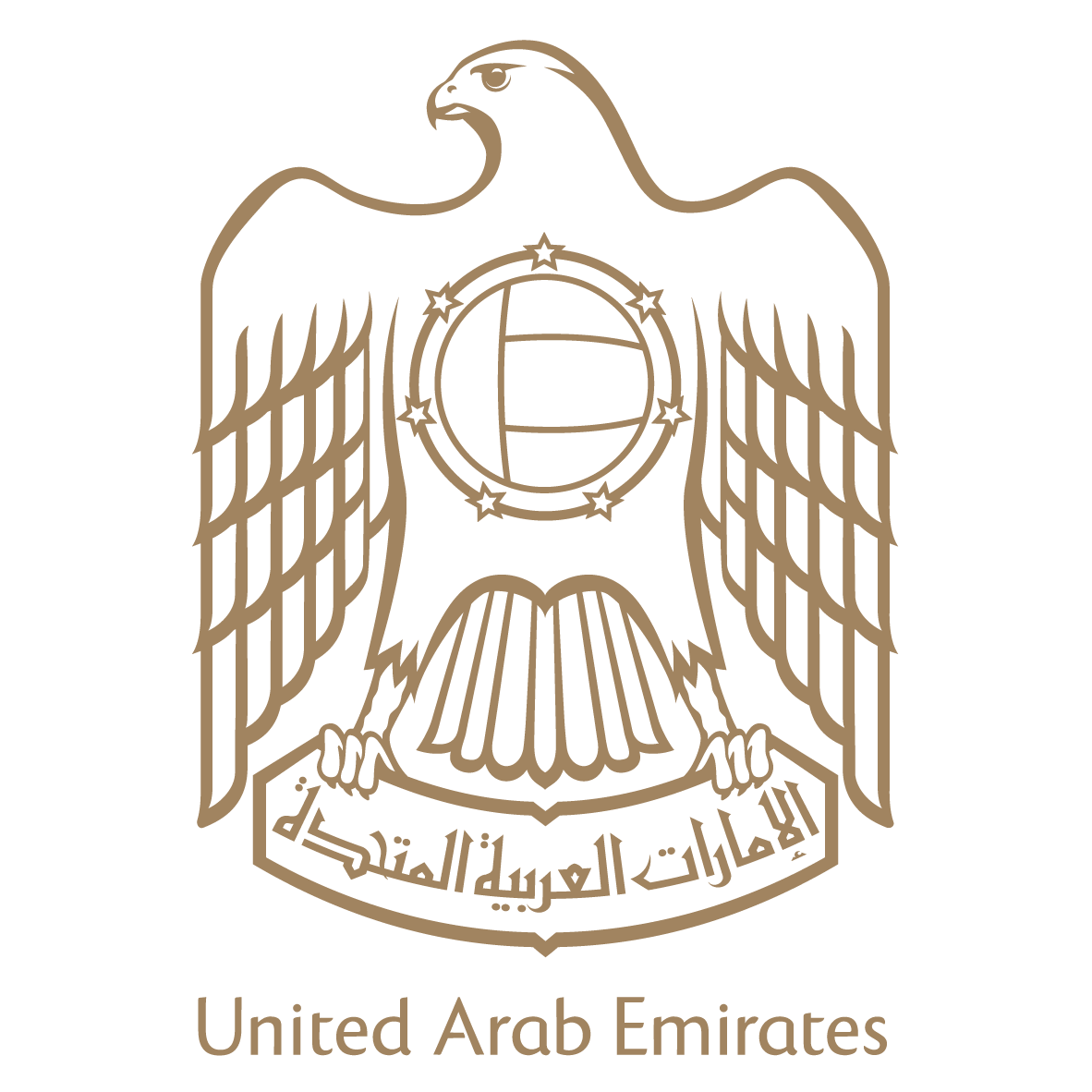Satellite Telecommunications
In the framework of TDRA strategic objectives to “Develop the quality of provided ICT services in the UAE, to ensure keeping pace with technological development in the ICT sector” and to achieve “Leadership in smart technological infrastructure in the UAE”, TDRA supports Satellite communications in coordination with local and international stakeholders. Currently, the UAE operates 9 satellites through three operators (Thuraya Satellite Communication Company, Al Yah Satellite Communications Company, Mohammed Bin Rashid Space Centre - MBRSC). The UAE satellites are located in two main orbits: Geostationary Earth Obit and Low Earth Orbit, covering and providing services in more than 140 countries. The services provided by these satellites are Mobile Satellite Service, Broadcasting Satellite Service, Fixed Satellite Service, and Remote Sensing. Additionally, Satellites for Educational/Experimental purpose have been launched such as Nayif-1.
Role of TDRA in Satellite Telecommunications
- Representation of UAE at international organisations and activities, notably the ITU.
- International registration of Satellite Networks and Systems and orbital positions in the ITU.
- Coordination of frequency assignments with different administrations.
- Fulfilling operators’ national requirements for national frequency assignments.
- Providing the required regulatory framework for Space Services in the UAE.
- Taking appropriate action to remedy instances of Harmful Interference.
- Leading the UAE’s space related entities in all matters related to space spectrum management and orbital slots.
- Providing clarity and direction regarding the applicable regulations / processes that apply to Space Services.
- Ensuring an open and transparent consultation and decision process for any amendments or new proposals for the regulation of the services.
- Ensuring approaches are non-discriminatory, proportionate and appropriate.
- Adopting approaches that support efficient use of spectrum and orbital resources and minimise the potential for interference.
- Adopting approaches that will, as far as possible, allow for future developments in Space Services, including new frequency bands.
Useful links:
| SATELLITE | OPERATOR | LAUNCH DATE | ORBITAL POSITION | ORBITAL PLANE | SERVICES | CAPACITY |
|---|---|---|---|---|---|---|
|
Thuraya-2 |
Space42 |
10.06.2003 |
44⁰ E |
GEO |
MSS |
C, L Bands |
|
Thuraya-3 |
Space42 |
15.01.2008 |
98.5⁰E |
GEO |
MSS |
C, L Bands |
| Al Yah-1 |
Space42 |
22.04.2011 | 52.5⁰E | GEO | BSS, FSS | C, Ku, Ka Bands |
|
Al Yah-2 |
Space42 | 23.04.2012 | 47.5⁰E | GEO | BSS, FSS | Ka Band |
| NAYIF-1 | MBRSC | 15.02.2017 | Non GEO | LEO | Educational |
UHF, VHF |
| Al Yah-3 | Space42 | 26.01.2018 | 20° | GEO | BSS, FSS | Ka-Band |
| KHALIFASAT | MBRSC | 29.10.2019 | Non GEO | LEO | Earth Exploration | S, X Bands |
| DHABISAT | KHALIFA University | 20.02.2020 | Non GEO | LEO | Educational | UHF, VHF Bands |
| Hope Probe | MBRSC |
20.07.2020 | Mars Mission | Mars Mission | Scientific | C, X Bands |
| MEZNSAT | AURAK | 28.09.2020 | Non GEO | LEO | Educational | UHF, VHF Bands |
| FALCONEYE | Space42 | 02.12.2020 | Non GEO | LEO | Government | C, Ku, Ka Bands |
| DMSAT-1 | MBRSC | 22.03.2021 | Non GEO | LEO | Environmental | S, X Bands |
| GHALIB | Marshall | 30.06.2021 | Non GEO | LEO | Earth Exploration | VHF, UHF, S Bands |
| SHARJAH-SAT-1 | SAASST | 03.01.2023 | Non GEO | LEO | Environmental | C, S Bands |
| DEWASAT-2 | DEWA | 08.04.2023 | Non GEO | LEO | Exploration | S, X Bands |
| Thuraya 4 | Space42 | 04.01.2025 | 44⁰ E | GEO | MSS | L Band |
| MBZSAT | MBRSC | 14.01.2025 | Non GEO | LEO | Earth Exploration | S, X Bands |
| DSAR-TD (Etihad-SAT) | MBRSC | 15.03.2025 | Non GEO | LEO | Earth Exploration | L, X Bands |









